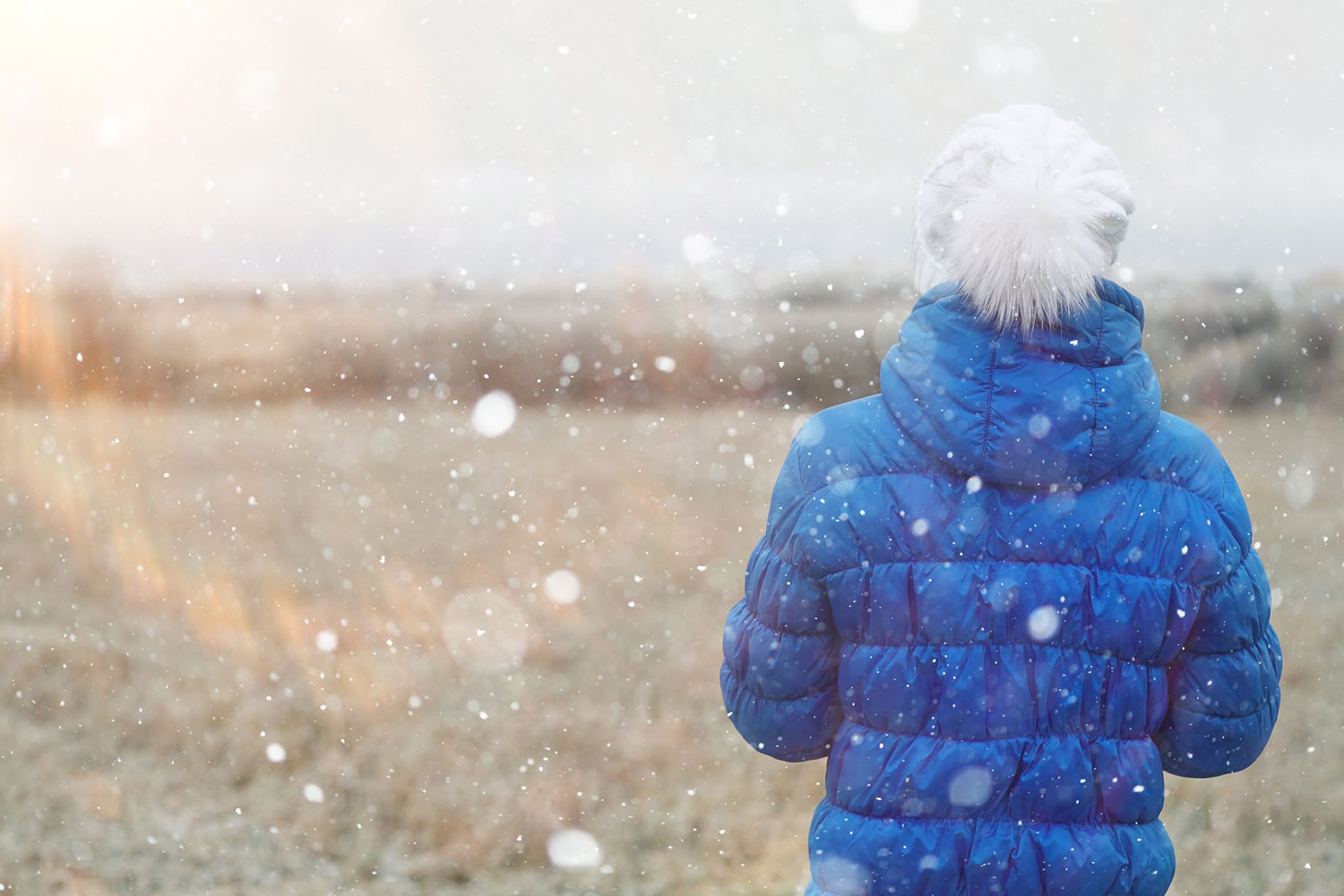We’ve all been told that sticks and stones may break our bones but words will never hurt us.
But there are times when labels are very important.
Reading the label of a winter coat before buying could mean the difference between just surviving a bone-chillingly awful winter and playing contentedly in a delightful white wonderland.
Two winter coats may look exactly the same, but their labels will tell you otherwise.
Here’s the definitive guide to everything you need to know about winter coats — and how to choose the correct one for your climate.
• Down versus synthetic: There are two key categories of insulation — down and synthetic — said Woody Blackford, vice president of design and innovation at Columbia Sportswear.
“On one hand, down is expensive but has set the industry standard for lightweight, comfortable insulation and has been relied upon for years, despite issues with clumping when wet,” Blackford said. “Synthetic insulation, on the other hand, offers an alternative to down and excels with wet weather performance but doesn’t offer the same degree of loft.”
• Water-resistant down: A down coat, by its nature, is not water-resistant, said A.J. Curran, director of outerwear for Columbia Sportswear.
“That’s been traditionally the biggest downfall of down,” he said.
But in the last few years, water-resistant treatments have been added to down coats. If you live in an area where moisture is a big concern, such as Seattle, you’re better off with a synthetic coat because the water-resistant treatment of a down coat won’t be enough. But for everyone else, it’s a good investment to get a down coat that has been treated.
• The details on fill power: Keep fill power in mind when looking at a down coat, said Dawn Levy, director of design at Dawn Levy.
“The higher fill power down — anywhere from 650 to 850 — allows for better warmth-to-weight ratios, ensuring that you’re protected from harsh temperatures.”
So higher is better when it comes to down fill power, Levy said.
• Percentages: The greater the percentage of down, the better, Curran said.
“If you see that a coat is 5 percent down, then it’s not a down coat. It really should be a 100 percent coat.” Curran said that he struggles with coats that are 50 percent down because they are only half as warm as a down coat — and they still won’t keep you protected in the rain. He suggested going with 100 percent — either with a synthetic coat or with a down coat.
• Synthetic warmth rating: Synthetic coats are rated by grams of insulation. A very lightweight coat would be 60 grams, and this would be suitable for a spring, summer, fall or warm winter day, Curran said. A winter coat should be 150 grams and higher (they go to about 200 grams).



